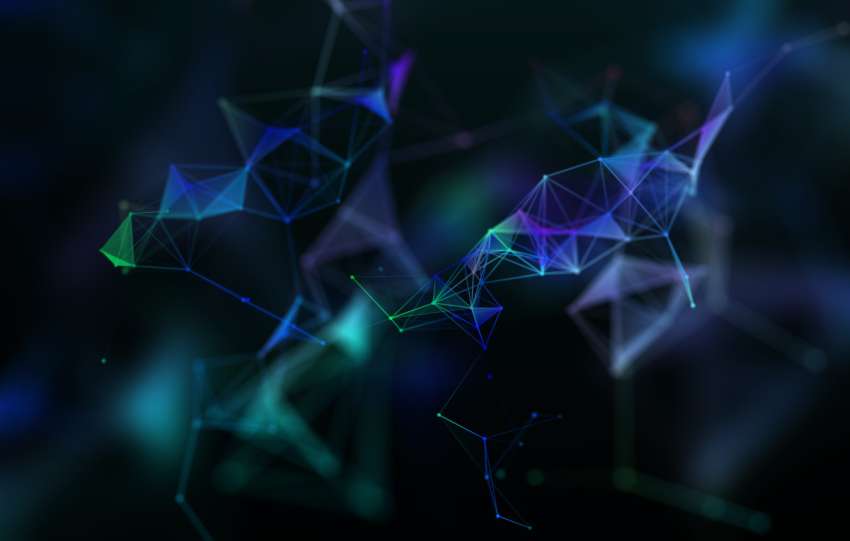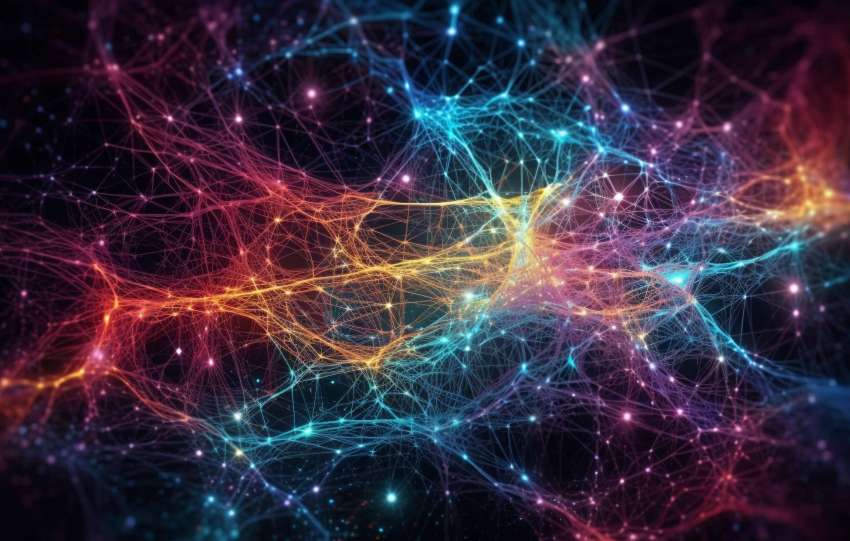In the rapidly evolving landscape of AI applications, we're witnessing an explosion of interest in GraphRAG systems—and for good reason. By combining the relationship-aware power of graph databases with the semantic capabilities of vector embeddings, GraphRAG promises to deliver context-rich responses that traditional RAG systems simply can't match. But here's the thing: when you try…











